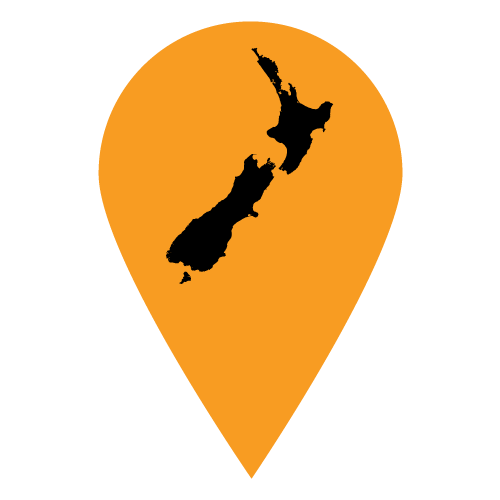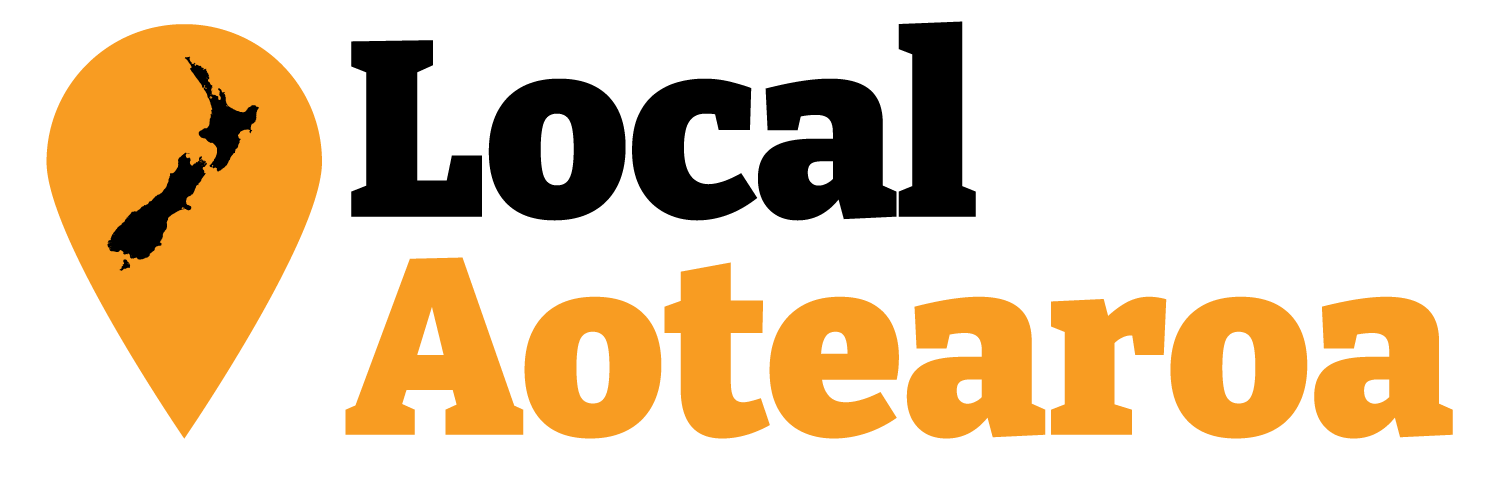New Manawatū trains given three year ultimatum to meet patronage forecasts or face the axe
An AI-generated image of a potential new tri-mode train.
Just released documents from Transport Minister Simeon Brown reveal the new commuter rail services for the Manawatū line, due to replace the Capital Connection from 2029, are already under threat. Following their deployment from 2029, the new services are being given just three years to show their worth or else the new trains could be redeployed elsewhere on Greater Wellington Regional Council’s metropolitan rail network.
The ultimatum follows the Ministry of Transport casting doubt on the patronage forecasts in the detailed business case used by Greater Wellington Regional Council and Horizons Regional Council to justify the investment, and is despite significant uncertainty remaining around central government’s commitment to the necessary track maintenance and renewals programmes needed to support the performance of the new trains once they’re in service.
With Simeon Brown having already quietly forgotten his 2023 election promise to fund 22 additional four-car tri-mode trains for the Wairarapa and Manawatū lines (22 trains being consistent with the recommendation of the detailed business case), versus of the 18 that were originally funded under Labour’s Budget 2023 transport package, as well as dropping the requirement for the new trains to be tri-mode, it seems the Transport Minister is getting cold feet on at least the Manawatū line element of the package.
In a briefing dated 12 June 2024 from the Ministry of Transport to Simeon Brown and Finance Minister Nicola Willis, it recounts that on 9 May, Simeon Brown met with the Chair of Greater Wellington Regional Council Daran Ponter to discuss the new trains. The Ministry of Transport noted that the meeting had a particular focus on wanting to “stress test the patronage forecasts on both the Manawatū and Wairarapa Lines, and by extension the farebox recovery on these services (particularly on the Manawatū Line).”
It then appears that there was some back and forth between Brown and Ponter, presumably about the forecasts, assumed farebox recovery, and potentially other elements of the trains themselves (though the summarised contents have been redacted from the document), before the briefing goes on the state that “We note your [Simeon Brown] concerns about whether the proposed increase in the level of service that the DBC [detailed business case] outlines will eventuate. We share your concerns, particularly in relation to the Manawatū line, and whether there is a robust justification for the proposed fivefold increase in services a week.”
The Ministry goes on to say that as a result they had amended the funding agreement between the government, Greater Wellington Regional Council, and Horizons Regional Council to require a review of the performance of the services within three years of their commencement of operation. The Ministry then sets the ultimatum that “if patronage growth is low, GWRC [Greater Wellington Regional Council] will have the option to redeploy the new trains to the wider Wellington metro network.”
In response to Brown’s concerns over patronage forecasts, Ponter did write to the Transport Minister on 7 June to defend the business case, while also pointing out that the Manawatū line was facing potential issues with uncertainty around track maintenance and renewals funding meaning the new services could end up running slower than the Capital Connection currently does. With possible cuts to public transport infrastructure investment around the Wellington region due to a $134 million shortfall in central government funding already on the horizon, Ponter’s concerns seem well placed.
With these uncertainties, it may well be that the new Manawatū services will be starting on the back foot when they finally hit the tracks later this decade. Having a sword of Damocles hanging over the service will likely leave commuters throughout Manawatū, Horowhenua, and Kāpiti facing the prospect of having to campaign to save their train services only shortly after they’ve been started, much like what happened with Te Huia between Hamilton and Auckland.





